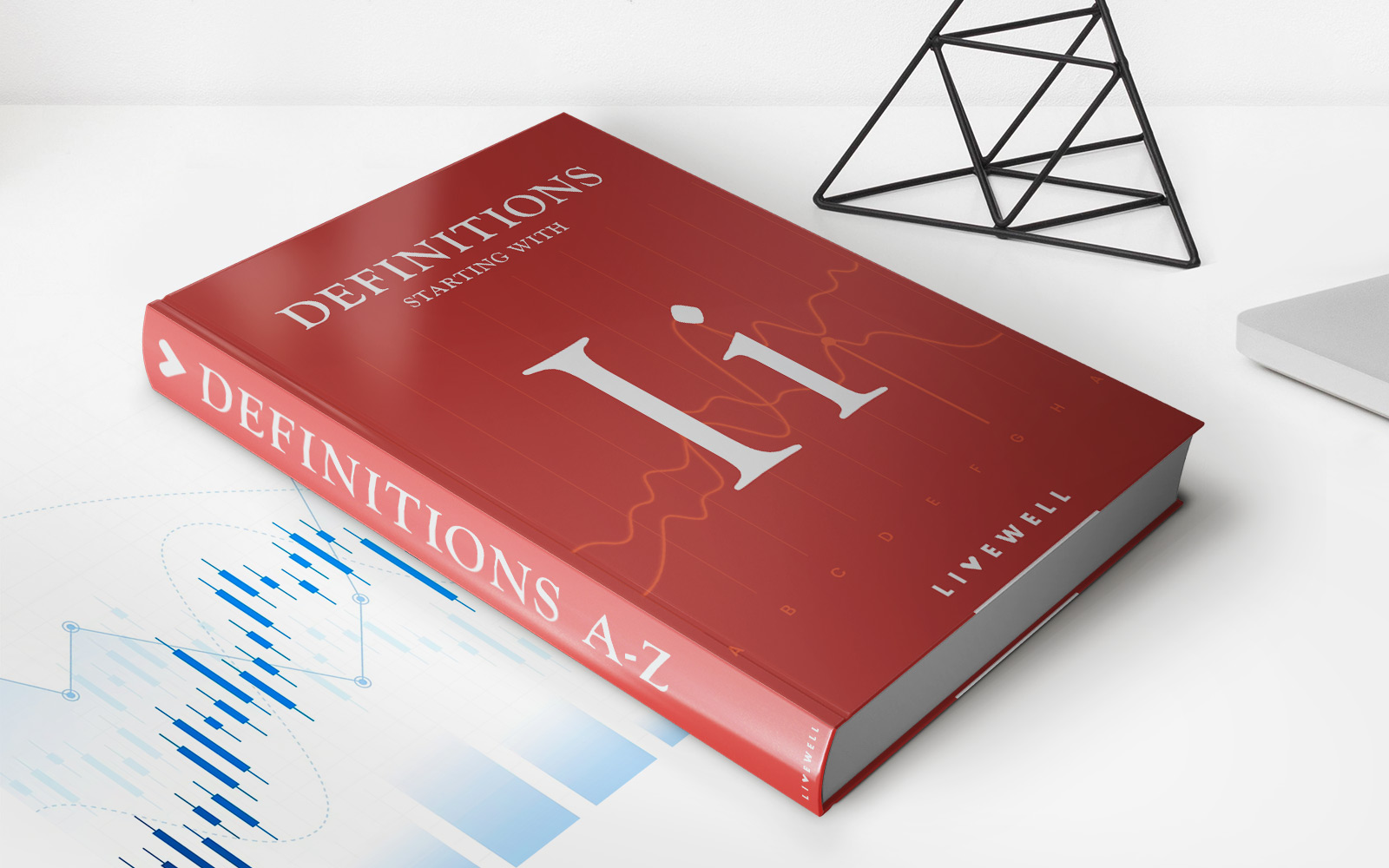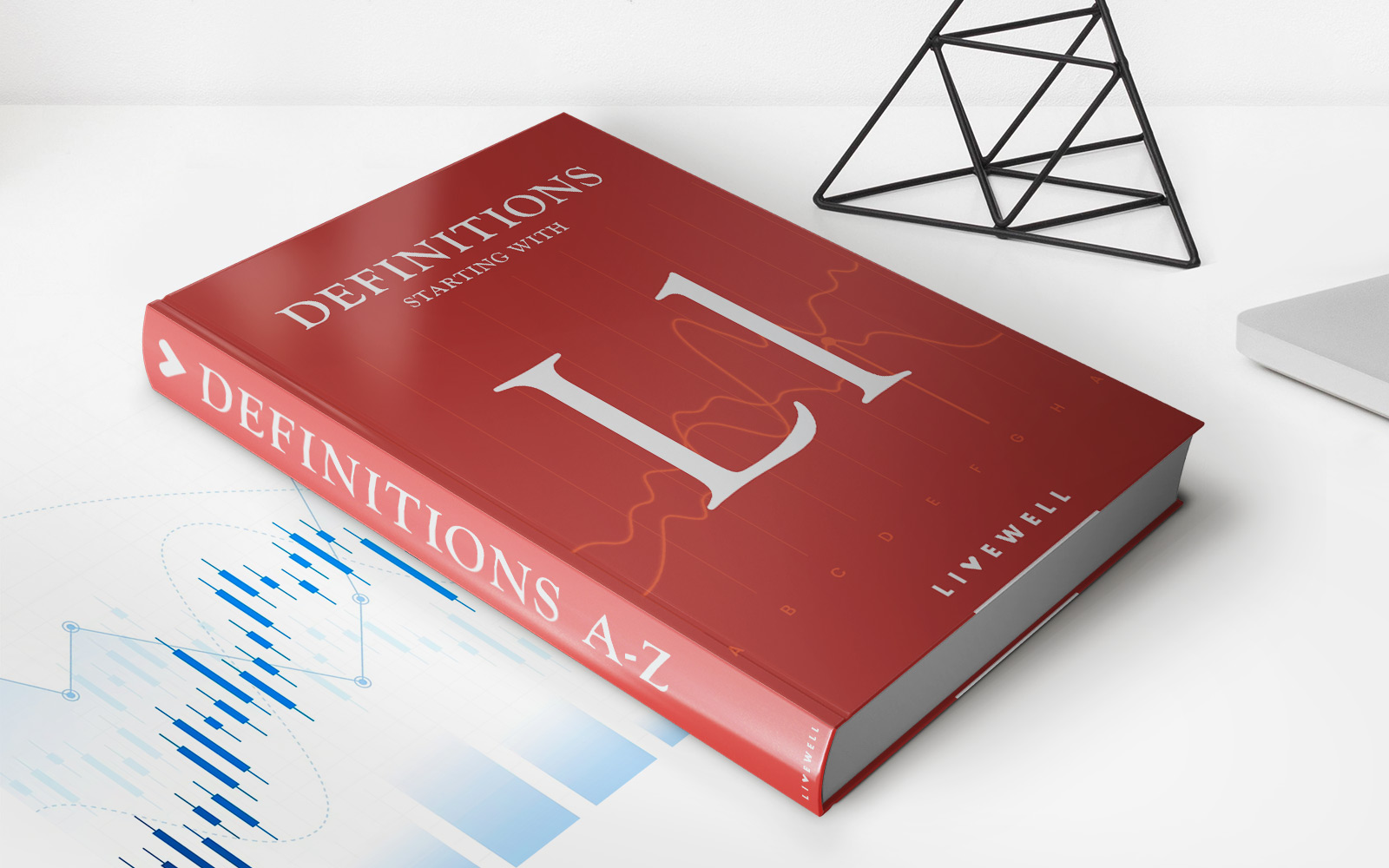

Finance
Inactivity Fee Definition And Example
Published: December 7, 2023
Learn what an inactivity fee is in finance with a clear definition and example. Understand how this fee can impact your financial situation and take necessary steps to avoid it.
(Many of the links in this article redirect to a specific reviewed product. Your purchase of these products through affiliate links helps to generate commission for LiveWell, at no extra cost. Learn more)
Inactivity Fee Definition and Example: What You Need to Know
Are you familiar with the concept of an inactivity fee? If not, don’t worry! In this article, we will dive into the world of finance and explain what an inactivity fee is and how it can affect your finances. So, sit back, relax, and get ready to learn something new.
Key Takeaways:
- An inactivity fee is a charge imposed by financial institutions for not utilizing an account or service for a certain period of time.
- Inactivity fees can apply to various types of accounts, including bank accounts, credit cards, and brokerage accounts.
What is an Inactivity Fee?
An inactivity fee, also known as a dormancy fee, is a charge imposed by financial institutions when an account or service goes unused for a specific period of time. This fee is typically used to incentivize account holders to actively use their accounts and generate revenue for the institution.
In simple terms, if you have an account or a service and you don’t use it for a long time, the financial institution may charge you an inactivity fee. This fee can be a fixed amount or a percentage of the remaining balance in your account.
Example of an Inactivity Fee
Let’s say you have a credit card that you rarely use. The credit card company may apply an inactivity fee if you don’t make any purchases for a certain period of time, usually over a year. This fee could be a small amount charged monthly or a one-time fee.
Another example is a brokerage account. If you have a brokerage account and there is no activity, such as buying or selling stocks, for a certain length of time, the brokerage firm may impose an inactivity fee to cover their operational costs.
Why Do Financial Institutions Charge Inactivity Fees?
Financial institutions charge inactivity fees for various reasons:
- To motivate customers to use their accounts/services regularly
- To generate revenue from accounts that are not actively generating income
- To cover the costs associated with maintaining inactive accounts
While inactivity fees may seem like a hassle for account holders, they serve as a way for financial institutions to ensure the profitability and sustainability of their operations.
How to Avoid Inactivity Fees
Here are a few tips to help you avoid incurring inactivity fees:
- Regularly review your accounts and services to ensure they are active
- Make small transactions on inactive accounts to keep them active
- Consider closing unnecessary accounts/services to avoid fees
- Read and understand the terms and conditions of your accounts to be aware of any potential fees
By staying proactive and informed, you can minimize the chances of being charged an inactivity fee.
Conclusion
An inactivity fee is a charge imposed by financial institutions on accounts or services that remain unused for a specific period of time. It serves as a way for institutions to motivate account holders to use their accounts regularly, generate revenue, and cover the costs associated with inactive accounts.
To avoid incurring inactivity fees, it’s important to regularly review your accounts, make small transactions if needed, and be aware of the terms and conditions. By staying proactive, you can ensure that your finances remain in good shape without any unexpected charges.














